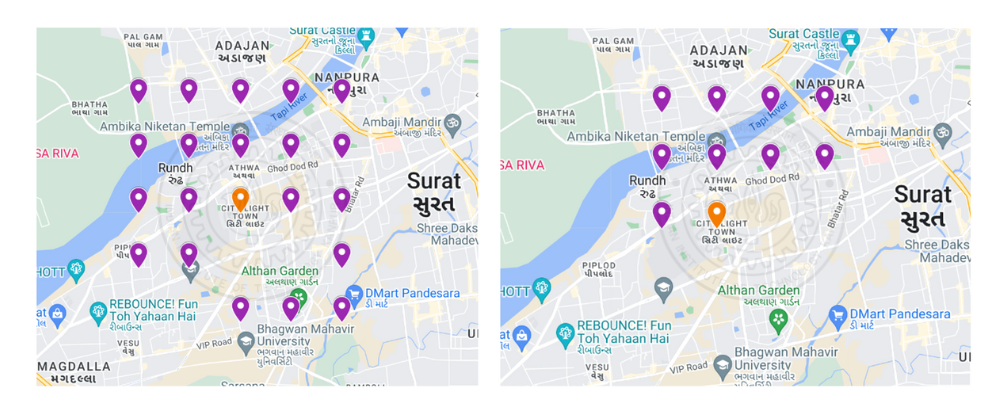Network Optimisation
Air quality monitoring plays an increasingly important role in providing accurate air pollution data for assessing the impacts of air pollution on public health. Both short and long-term exposure to air pollutants has been associated with health impacts, especially for infants and older people.
Air pollution sensor placement can be carefully designed to maximize overall citizen satisfaction with air quality information available to the public. That sensor placement puts the citizens’ welfare at the centre of attention. The optimization of the sensor is done by gridding the desired area and using a heuristic approach and greedy algorithm by using population density per sq. km data and PM 2.5 emission data per sq. km. Then calculate the maximum information gain and get the optimal locations for sensor deployment. Hybrid monitoring is a network of air quality monitors (CAAQMS) & low-cost sensors. It is to create a dense air quality monitoring network to effectively record the spatial variation of pollutant concentration. The optimization for hybrid monitoring is done by using a Genetic Algorithm for the City of Surat and, after that, for Bangalore.




